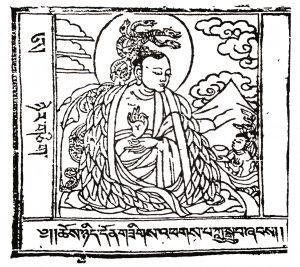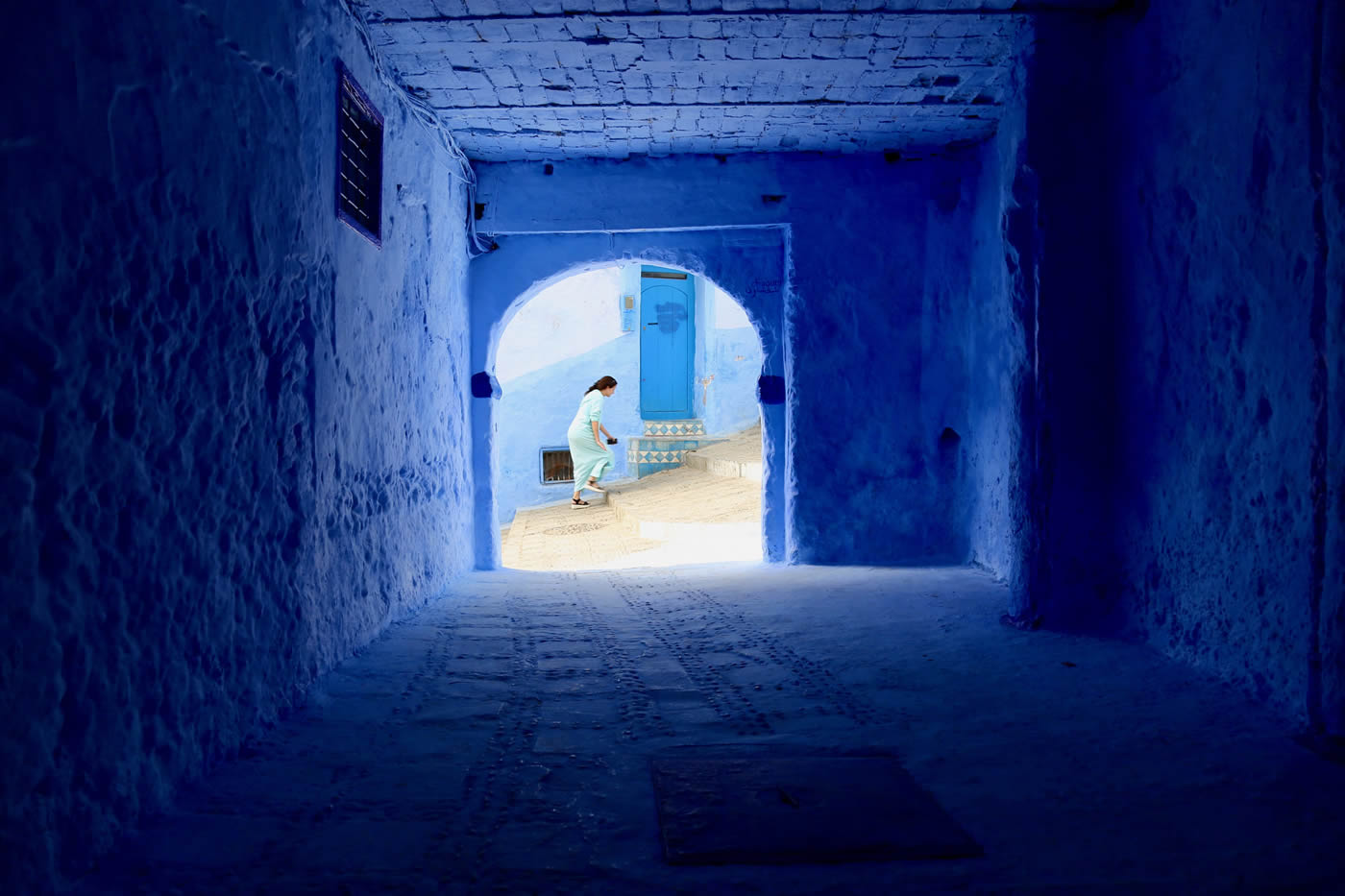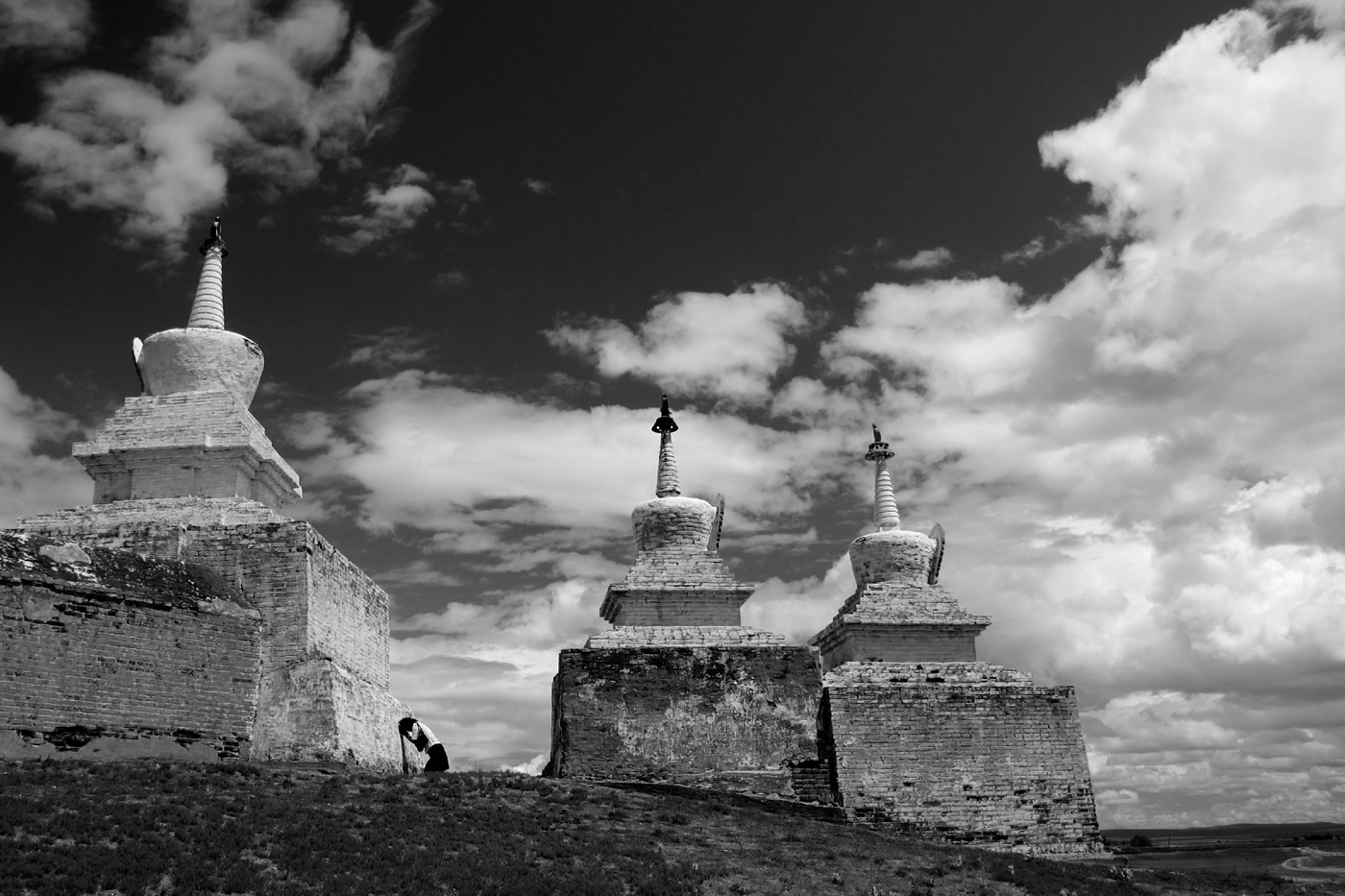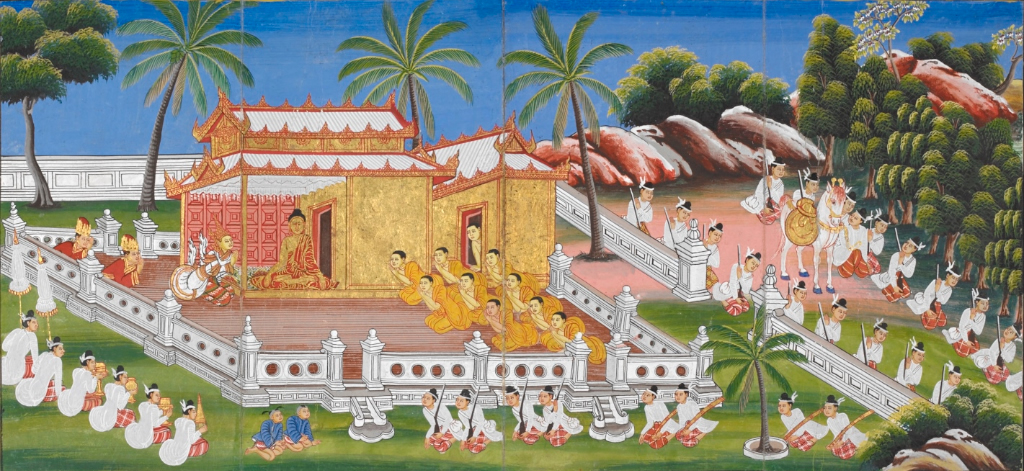 In the pristine, high desert of Arizona, Geshe Michael Roach will lead us through a 10-day retreat exploration of Arya Nagarjuna’s Wisdom. We will investigate the deeper meanings of his writings, and how to apply his understanding of reality to our daily lives.
In the pristine, high desert of Arizona, Geshe Michael Roach will lead us through a 10-day retreat exploration of Arya Nagarjuna’s Wisdom. We will investigate the deeper meanings of his writings, and how to apply his understanding of reality to our daily lives.
In this program, we will dive deeply into new practices as well as offer new ways of learning and engaging with this wisdom in our daily lives.
As far as our original sources for this program, we will of course be using the most famous of all works by Arya Nagarjuna (c. 200AD)—which he named simply, Wisdom.
This is considered the mother of all explanations of the crucial idea of emptiness. We will be depending heavily upon A Ship for Crossing the Ocean of Emptiness, a detailed commentary to the work by Choney Lama Drakpa Shedrup (1675-1748).
At times we will also check into his Commentary on the Difficult Points in “Wisdom,” and on occasion we will venture into the deep forest of Je Tsongkapa’s extensive explanation, The Ocean of Emptiness—which as we can tell from the title alone forms the foundation for Choney Lama’s work. We will also be referring to the original Sanskrit version of Wisdom, which is fortunately still available.
Class Video
This is a video playlist. Just click for the next video to see additional videos in the series.
Class Audio
Class Materials
Class One: Getting to Know Arya Nagarjuna
We learn about Arya Nagarjuna’s amazing life, and delve into the meaning of the title of his most famous work, including its original Sanskrit.
Includes—
“A Biography of Arya Nagarjuna,” compiled by Khen Rinpoche, Geshe Lobsang Tharchin (1921-2004)
Arya Nagarjuna’s “Wisdom,” title & translator’s obeisance
Choney Lama’s “Ship,” ff. 1a-3a
Class Two: Learning the Eight Invisibles
We tackle the first and most famous verse of all Nagarjuna’s works—inside his revolutionary examination of whether something can cause something else. Here he denies for example that things could ever start or stop. We also get a detailed introduction to the life of our incredible commentator, Choney Lama Drakpa Shedrup.
Includes—
“A Biography of Choney Lama,” compiled by Geshe Michael Roach
Arya Nagarjuna’s “Wisdom,” verse 1 of “The Chapter on Factors” (Ch. 1)
Choney Lama’s “Ship,” ff. 3a-4b
“A Praise of Lord Buddha for the way he taught how things exist in dependence” by Je Tsongkapa
Class Three: The Four Choices
We spend the entire class delving into another of the most famous Nagarjunian verses of all time, exploring whether things could come from themselves, or even from other things.
Includes—
Arya Nagarjuna’s “Wisdom,” verse 2 of “The Chapter on Factors” (Ch. 1)
Choney Lama’s “Ship,” ff. 3a-6b
Class Four: The Four Kinds of Factors
We look at the traditional causes for things—called the Four Factors—in order to disprove the idea that anything could come from any of them.
Includes—
Arya Nagarjuna’s “Wisdom,” verses 3-4 of “The Chapter on Factors” (Ch. 1)
Choney Lama’s “Ship,” ff. 6b-10a
Class Five: Canceling Four Definitions
Wherein we deny that the expected definitions of the four kinds of factors are inevitably defective.
Includes—
Arya Nagarjuna’s “Wisdom,” verses 5-10 of “The Chapter on Factors” (Ch. 1)
Choney Lama’s “Ship,” ff. 10a-13a
Class Six: Starting to Come & Go
We wrap up some items on the first of the 27 chapters of Arya Nagarjuna’s classic; and then move on to an examination of whether anything or anyone could come, or go, in the way we always thought they did.
Includes—
Arya Nagarjuna’s “Wisdom,” verses 11-12 of “The Chapter on Factors” (Ch. 1),
and verses 1-4 of “The Chapter on Coming & Going” (Ch. 2)
Choney Lama’s “Ship,” ff. 13a-16a
Class 6 Homework Master (.pdf)
Class Seven: Why We Never Go
Arya Nagarjuna explodes the idea that there can be anyone who ever goes anywhere.
Includes—
Arya Nagarjuna’s “Wisdom,” verses 5-10 of “The Chapter on Coming & Going” (Ch. 2)
Choney Lama’s “Ship,” ff. 16a-18a
Master Asanga on Naming Things
Class Eight: Not Even Staying
Nagarjuna warns us that not even staying in one place is the way we always thought it was.
Includes—
Arya Nagarjuna’s “Wisdom,” verses 11-17 of
“The Chapter on Coming & Going” (Ch. 2)
Clase Video (Inglés)
Esta es la lista de los videos. Solo dale click para ver el siguiente video en la serie.
Lecture Audio (Español)
Vortrags Videos (Englisch):
Dies ist eine Video Playlist. Einfach auf das nächste Video klicken und weitere Videos der Serie ansehen.
Klassenaudio (Deutsch)
Homework Answer Keys (Deutsch)
Видео занятий (английский)
Это видео плейлист. Просто нажмите на следующее видео, чтобы увидеть дополнительные видео из этой серии.
















